
Lumens vs. Wattage: Fluorescent vs. LED Edition
One of the main reasons you might be refreshing your lighting is because you are switching out your costly fluorescents or incandescents that drain both money and energy and installing new LEDs! There are a lot of things to take into account when upgrading the lighting in your home; you will need to determine which lights you are upgrading, what type of light and color temperature you want, how many you need, and so much more, but the most important thing to be aware of lumens and wattage. This information will allow you to make the best choice to ensure you get the most energy-efficient and cost-effective solution.
The Difference Between Lumens and Wattage

Lumens measure the amount of light that can be emitted from a light source. This is often the most important factor for some people when buying lights. Wattage will determine the total amount of energy that a light source uses, and ultimately affect the cost of your electricity.
Lumens and Wattage: What Should I Look For?
When discussing LEDs, you want to take note of how many lumens a light can emit while also having a low wattage – this will determine the efficiency of the bulb. Lighting has become increasingly more energy-efficient as technology has advanced thanks to LEDs. When buying your lights, the deciding factor can often be the answer to this question: Will this bulb produce the same amount, if not more lumens as it’s fluorescent counterpart, while also possessing low wattage? The lumens of the bulb will determine the light output or brightness of the bulb, with the wattage determining how much energy it requires to achieve and generate that level of brightness. The more lumens and less wattage make for an energy-efficient light bulb.
Energy-Efficiency: Fluorescent vs. LED

While fluorescent lighting has become more energy-efficient than its predecessors, they do not have anywhere near the same level of efficiency that LEDs have, and do not measure up in terms of lifespan either. On average, Parmida LED lights have a lifespan of 45,000+ hours and reach their full capacity of light output immediately after being turned on, and sustain this throughout their lifespan. LEDs eliminate flickering and the slow burn-out that’s common when bulbs approach the end of their life. LED lighting can last up to five times longer than fluorescents, and LEDs require few, if any, replacements.
Overall, our LED lights will produce an equivalent amount of total lumens at a significantly lower wattage than fluorescent lighting, reducing the energy usage of the bulb. In using the least amount of energy to achieve the same or higher level of brightness or light output, your energy-efficient LEDs will help you save on your electricity bill.


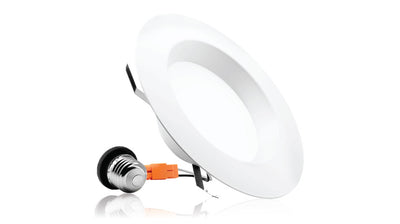
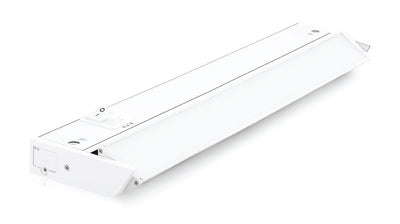
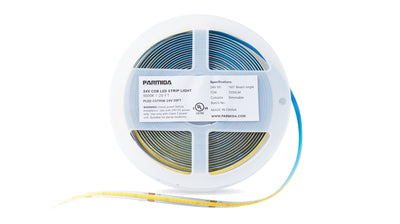
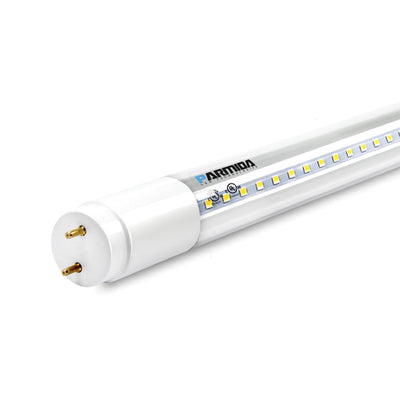
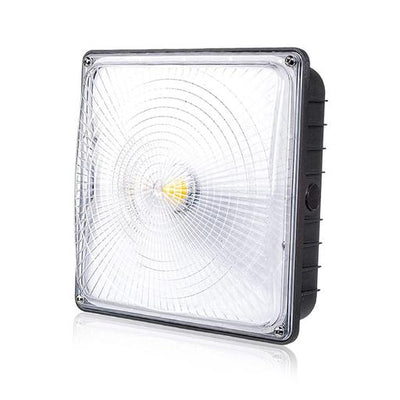







Leave a comment